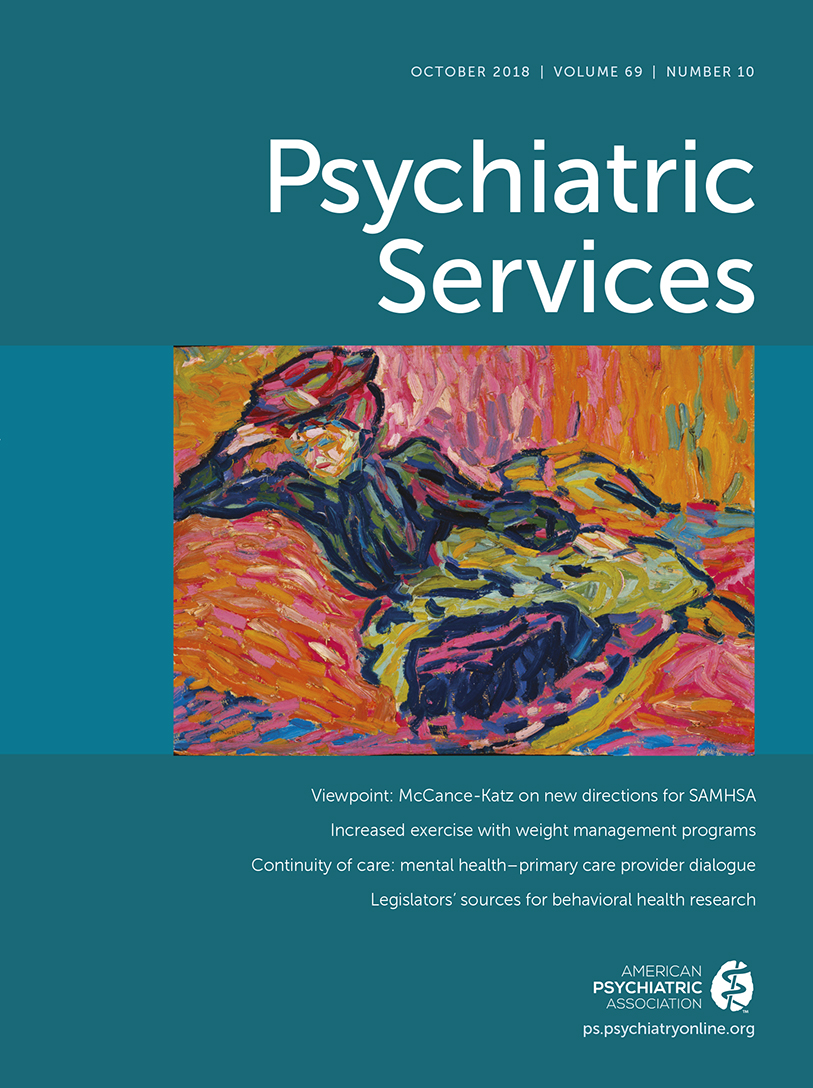Depression Screening Patterns, Predictors, and Trends Among Adults Without a Depression Diagnosis in Ambulatory Settings in the United States
Abstract
Objective:
This study examined national patterns, predictors, and trends in depression screening among adults without a diagnosis of depression in the United States.
Methods:
A cross-sectional design utilizing pooled data from the National Ambulatory Medical Care Survey (2005–2015) was used. The study sample consisted of ambulatory care visits to nonpsychiatrists among adults (≥18 years) without a depression diagnosis. Depression screening was the dependent variable. Descriptive statistics, logistic regression, and piecewise regression analyses were conducted to achieve the study objectives.
Results:
The national-level depression screening rate was 1.4% of all adult ambulatory care visits. Year, gender, physician specialty, geographic region, and time spent with physician were significantly associated with depression screening. Piecewise regression analysis revealed a statistically significant (p<.001) interaction between year and change in depression screening rate, where screening rates increased significantly after 2009.
Conclusions:
Although screening rates have increased significantly after 2009, screening remains low among adults without a depression diagnosis.



